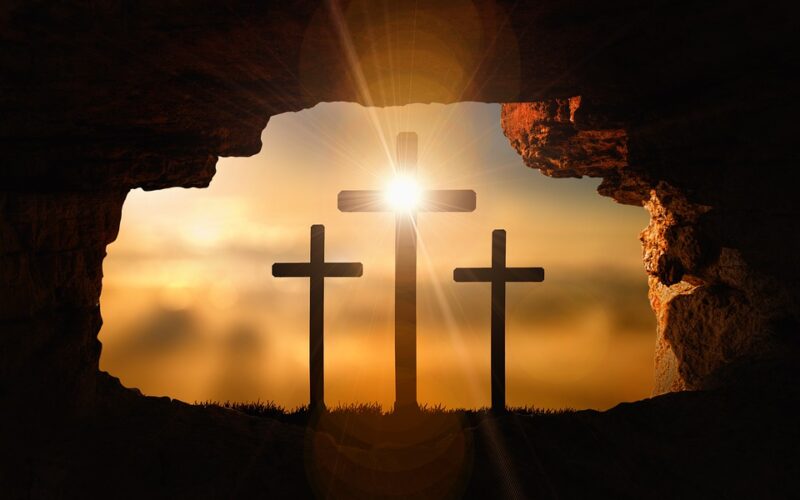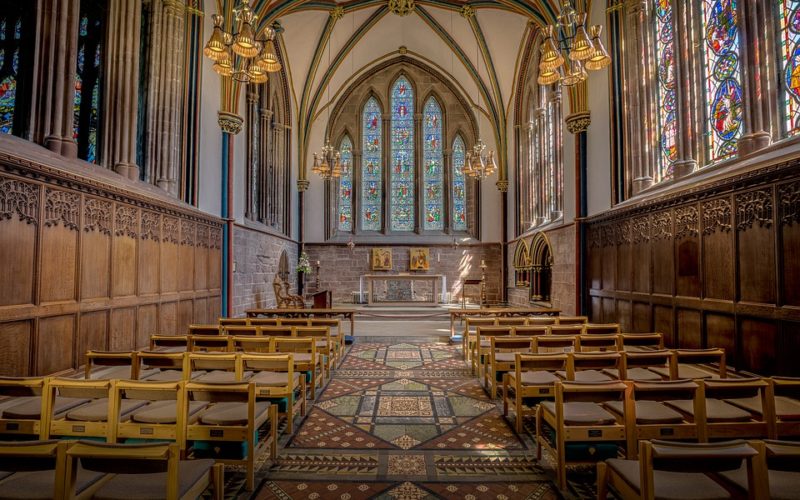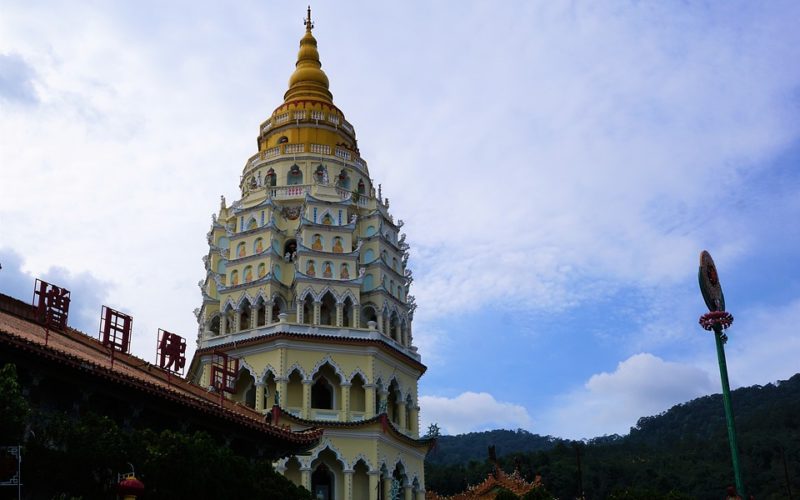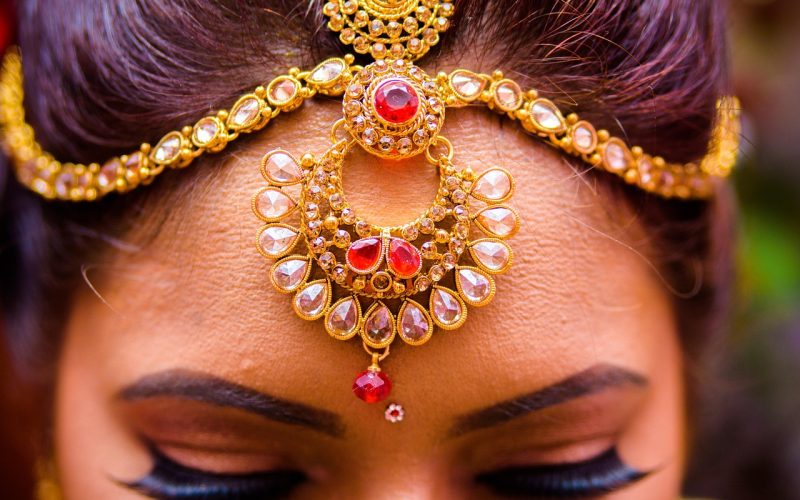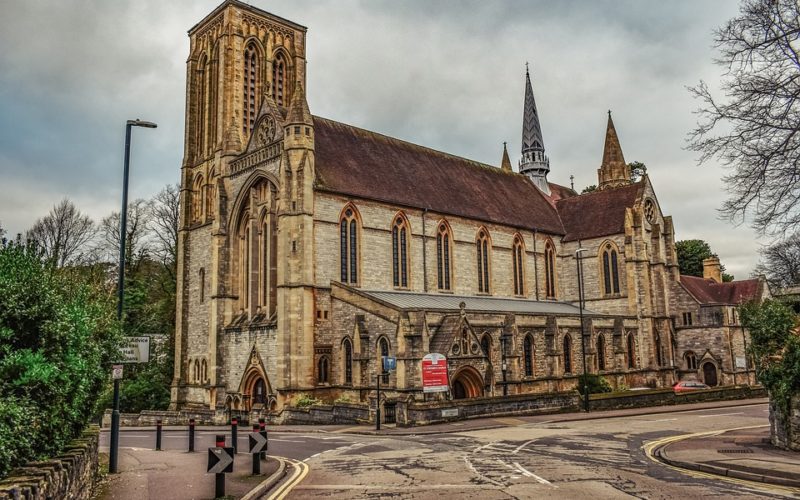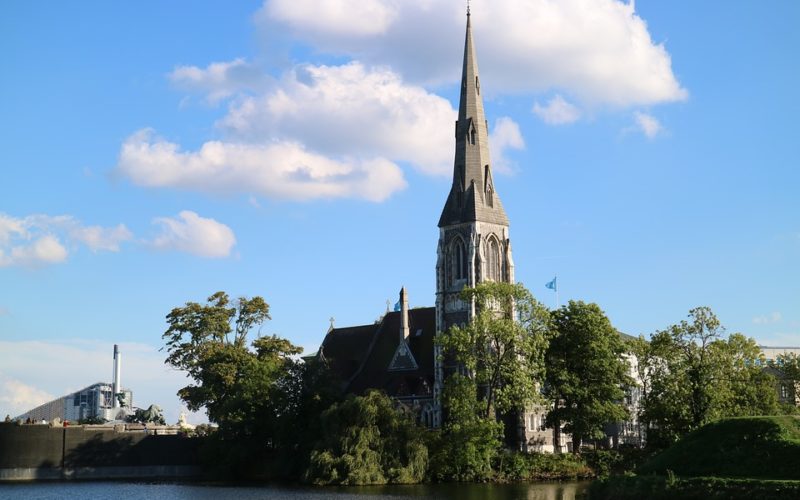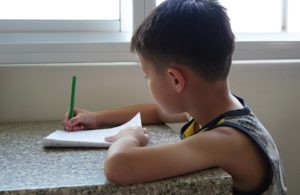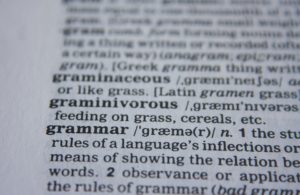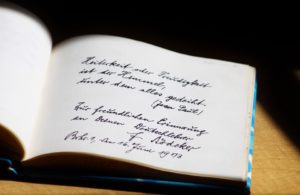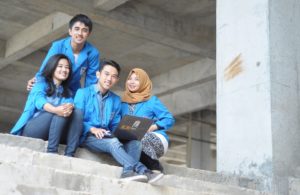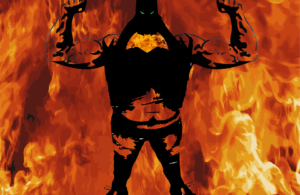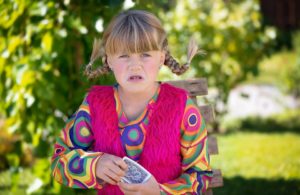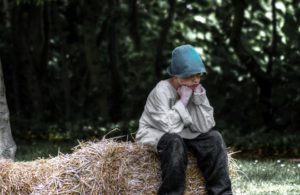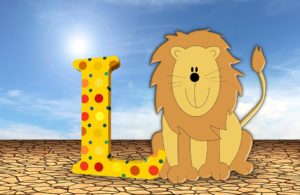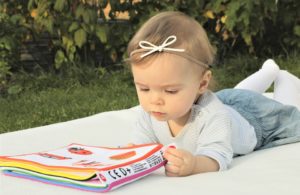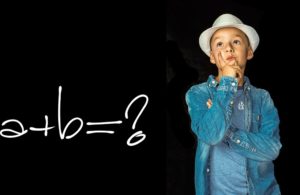Resurrection from Death
Easter is a special time of year that marks the Christian celebration of Jesus' resurrection from death. It's also a fun and meaningful holiday for children, full of traditions such as Easter egg hunts, decorating eggs in colourful designs, exchanging baskets and treats, and more.
Teaching your kids about the religious significance of Easter can be an invaluable experience; it helps them understand their culture and spiritual practice while forming strong moral foundations. For school teachers as well as parents navigating this topic at home with children, it's important for children to learn
Crucifixion and death
Easter is one of the pivotal holidays for Christians, celebrating Jesus Christ's resurrection following his crucifixion and death. Easter egg hunts, candy, bunnies, and hot-cross buns have become symbols that are associated with Easter, however they are unrelated to its religious significance.
Jesus' resurrection is seen as the greatest victory of good over evil and is a cornerstone belief of Christianity. This momentous event serves to remind Christians of Jesus' sacrifice in order to redeem God's people from their sins and give them a path to eternal life.
Celebrating Easter with children
Celebrating Easter with children can be an enjoyable and rewarding experience. Church services offer plenty of opportunities for family worship, reflection, and learning about the meaning of Easter. Egg hunts are a traditional activity at this time, which can provide hours of fun for the entire family.
If possible, try to add some personal touches to your egg hunt like hiding clues or offering rewards such as chocolate eggs. While a lot of emphasis is often placed on sweets at Easter, try to choose healthy treats as part of the celebration, fresh fruit is a great option that’s full of vitamins and minerals.
No-bake recipes and craft activities can serve as both snack ideas and creative outlets, while engaging in activities outdoors helps keep kids active despite the holiday. Celebrating Easter with children could be one of the most memorable times that they have each year.
Explore the celebration of Easter in a fun and engaging way
Easter assemblies provide an ideal setting to introduce primary age children to the Easter story KS2. Through assemblies and other school activities, children can explore the celebration of Easter in a fun and engaging way. It is important to ensure the material presented during assemblies is age appropriate so as not to overwhelm children but instead engage them with the history and meaning behind this ancient festival.
Making primary assemblies interactive by involving parents or other members of the community may help add depth and interest to the Easter story KS1 being told, as well as help children understand its relevance in their own lives today.
By creating assemblies which bring together biblical accounts, cultural practices, and modern expressions of faith, students can really learn something new about Easter and its importance in our culture.
Go on holiday
The Easter season and lead up to Easter Day is a special time of year, from the cultural celebration and traditions to the decorating and festive events. Among the activities available during this period, it is possible to attend religious services, family Gatherings, decorate eggs and make sculptures with them.
Others may choose to go on holiday for the long weekend or feast on traditional meals, giving Easter culinary treats such as Hot Cross Buns and Simnel Cake. Shopping for new clothes suitable for the occasion is also popular especially among children who might look forward to attending an Easter Parade or wearing bonnets.
A variety of seasonal festivities await those who embrace all that is offered during the Easter season. Engaging in these kinds of activities will not only revive old traditions, but also create new memories that can be shared with family and friends.
Tradition dates back to the 13th century
Easter eggs are an ancient symbol of fertility and new life that have been celebrated for centuries. The tradition dates back to the 13th century, when people decorated eggs as gifts for Easter. These eggs were made from wood or wax and were often dyed different colours to represent the joy associated with resurrection.
Similar traditions are also found in other cultures around the world, as eggs have been a part of springtime festivals in many parts of Europe and Asia. Today, dying and decorating Easter eggs can be seen as a way to honour this history while also making artful creations to gift or display in your home.
Whether you enjoy a classic hard-boiled egg or take the time to create a more elaborate design, the symbolism remains the same: Easter is a celebration of rebirth, renewal and hope for the future.
